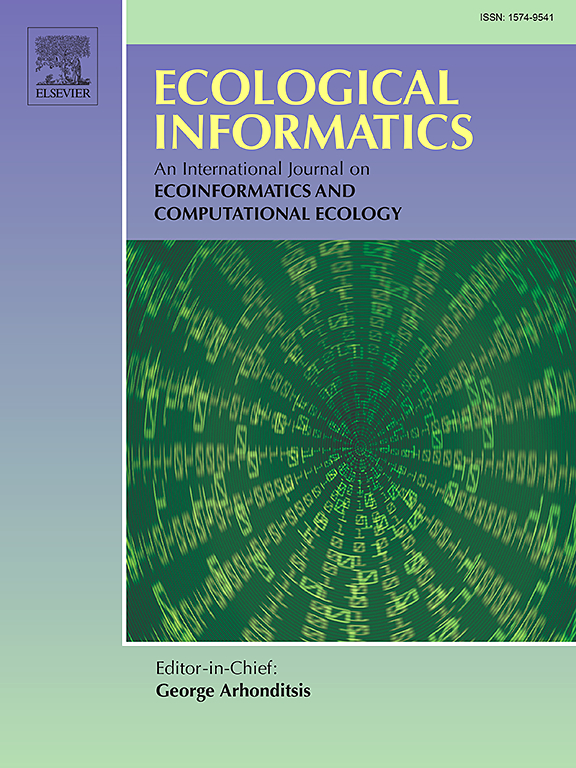Suitability of the Amazonas region for beekeeping and its future distribution under climate change scenarios
IF 5.8
2区 环境科学与生态学
Q1 ECOLOGY
引用次数: 0
Abstract
Beekeeping plays an important role in global food production and the conservation of wild species. However, determining territorial suitability and future distribution under climate change scenarios is a relatively understudied area in Peru. This study assessed the beekeeping suitability of the Amazonas region and its variation under climate change scenarios in two projected periods (2041–2060 and 2081–2100), according to Shared Socioeconomic Pathways (SSP). The methodological framework integrated the Analytical Hierarchy Process (AHP) with Geographic Information Systems (GIS), and the Hadley Centre Global Earth Model - Global Coupled configuration 3.1 (HadGEM3-GC31-LL) was used for future climate analysis. The beekeeping suitability of the region was determined based on eleven criteria: four climatic, three topographic, and four environmental. The results indicate that beekeeping suitability is distributed as follows: 3.4 % (1417.90 km2) with ‘High’ suitability, 79.2 % (33,318.61 km2) with ‘Moderate’ suitability, 17.2 % (7230.26 km2) with ‘Marginal’ suitability, and 0.2 % (83.64 km2) as ‘Not suitable’. Moreover, the average temperature across the region is projected to increase by approximately 3 °C under the SSP2–4.5 scenario and between 6 °C and 8 °C under the SSP5–8.5 scenario during the projected periods. Precipitation will decrease in the northern part of the region, while the southwestern part will experience an increase. In the highly suitable beekeeping area, a temperature increases up to 10.8 °C is expected, with frequent variations around 3 °C to 8 °C, affecting more than 500 km2. Additionally, a reduction in precipitation up to 311 mm/year is projected, with predominant variations ranging from −49.5 to −32.8 mm/year over approximately 600 km2.Therefore, it is suggested to implement strategies to mitigate these upcoming challenges, particularly if the modeled economic development under the SSPs continues. This study modeled and mapped areas with present conditions suitable for beekeeping and future climate behavior. The modeling aims to guide beekeepers and local authorities in developing sustainable practices and implementing preventive measures to address future climatic challenges.
求助全文
约1分钟内获得全文
求助全文
来源期刊

Ecological Informatics
环境科学-生态学
CiteScore
8.30
自引率
11.80%
发文量
346
审稿时长
46 days
期刊介绍:
The journal Ecological Informatics is devoted to the publication of high quality, peer-reviewed articles on all aspects of computational ecology, data science and biogeography. The scope of the journal takes into account the data-intensive nature of ecology, the growing capacity of information technology to access, harness and leverage complex data as well as the critical need for informing sustainable management in view of global environmental and climate change.
The nature of the journal is interdisciplinary at the crossover between ecology and informatics. It focuses on novel concepts and techniques for image- and genome-based monitoring and interpretation, sensor- and multimedia-based data acquisition, internet-based data archiving and sharing, data assimilation, modelling and prediction of ecological data.
 求助内容:
求助内容: 应助结果提醒方式:
应助结果提醒方式:


